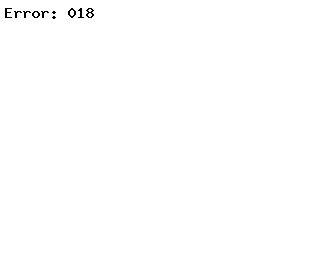Space Weather Observations, Alerts, and Forecast
3-day Solar-Geophysical Forecast
forecast not available
Real Time Images of the Sun
|
SOHO EIT 304 |
SOHO EIT 284 |
The sun is constantly monitored for sun spots and coronal mass ejections. EIT (Extreme ultraviolet Imaging Telescope) images the solar atmosphere at several wavelengths, and therefore, shows solar material at different temperatures. In the images taken at 304 Angstrom the bright material is at 60,000 to 80,000 degrees Kelvin. In those taken at 171 Angstrom, at 1 million degrees. 195 Angstrom images correspond to about 1.5 million Kelvin, 284 Angstrom to 2 million degrees. The hotter the temperature, the higher you look in the solar atmosphere.
Real Time Solar X-ray and Solar Wind
Solar Cycle Progression
Solar Cycle chart updated using the latest ISES predictions. |
Real-Time Solar Wind
Real-Time Solar Wind data broadcast from NASA's ACE satellite. |
The Solar Cycle is observed by counting the frequency and placement of sunspots visible on the Sun. Solar minimum occurred in December, 2008. Solar maximum is expected to occur in May, 2013.
Solar X-ray Flux This plot shows 3-days of 5-minute solar x-ray flux values measured on the SWPC primary and secondary GOES satellites. |
Satellite Environment Plot The Satellite Environment Plot combines satellite and ground-based data to provide an overview of the current geosynchronous satellite environment. |
Auroral Activity Extrapolated from NOAA POES
Northern Hemi Auroral Map
|
Southern Hemi Auroral Map
|
Instruments on board the NOAA Polar-orbiting Operational Environmental Satellite (POES) continually monitor the power flux carried by the protons and electrons that produce aurora in the atmosphere. SWPC has developed a technique that uses the power flux observations obtained during a single pass of the satellite over a polar region (which takes about 25 minutes) to estimate the total power deposited in an entire polar region by these auroral particles. The power input estimate is converted to an auroral activity index that ranges from 1 to 10.
D Region Absorption Predictions (D-RAP)
D-RAP Global (1 dB ABS)(Map)
|
Conditions in the D region of the ionosphere have a dramatic effect on high frequency (HF) communications and low frequency (LF) navigation systems. The global D Region Absorption Predictions (D-RAP) depicts the D region at high latitudes where it is driven by particles as well as low latitudes, where photons cause the prompt changes. This product merges all latitudes using appropriate displays, and is useful to customers from a broad base that includes emergency management, aviation and maritime users.
Credits:
Space Weather Images and Information (excluded from copyright) courtesy of: NOAA / NWS Space Weather Prediction Center, and SOHO (ESA & NASA).Some Space Weather links:
3-Day Forecast of Solar and Geophysical Activity
Space Weather Now
Today's Space Weather
Real-Time Solar Wind
Space Weather Outlooks
Space Weather Alerts and Warnings
Solar and Heliospheric Observatory (SOHO)
The Very Latest SOHO Images
